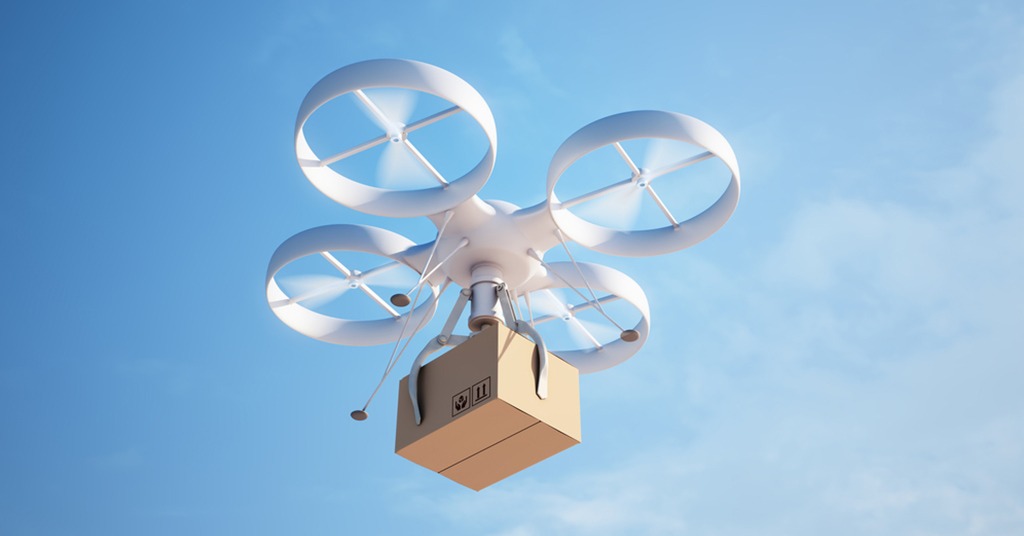Services like analytics, unmanned traffic management, flight management, and repair are all increasing as the use of drones is scaled up

Commercial drone usage to accelerate growth throughout next 10 years. Source: shutterstock.com
According to a new report by ABI Research, commercial drone usage, especially in the industrial space, will be a source of accelerating growth throughout the next decade with $101 billion in revenue being created annually by 2030 across the commercial, military, civil, and consumer sectors.
Services like analytics, unmanned traffic management, flight management, and repair are all increasing as the use of drones is scaled up to provide affordable and ubiquitous aerial imagery for verticals like construction, energy, and industrial inspection.
Before any of this is likely to occur, serious challenges facing the development of Unmanned Traffic Management (UTM) need to be addressed. One is simply tracking and applying registration numbers to the multitude of drones that are already in the air. Another is the deficiency in effective communication link technology for long-range BVLOS operations.
SEE ALSO: Top 10 uses for drones









